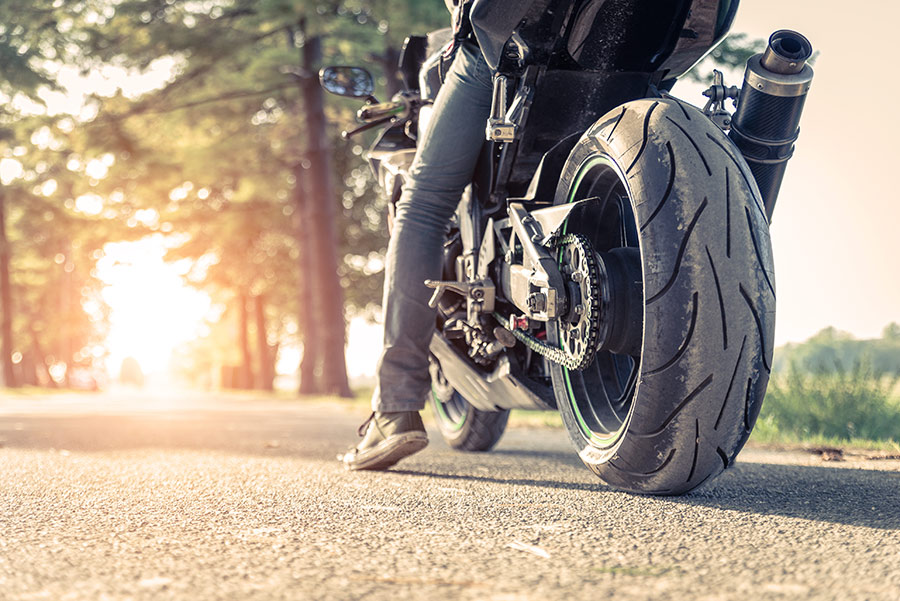
Motorcycle riders continue to be overrepresented in fatal traffic crashes. In 2018, 4,985 motorcyclists died. To keep everyone safe, we urge drivers and motorcyclists to share the road and be alert, and we're reminding motorcyclists to make themselves visible, to use DOT-compliant motorcycle helmets, and to always ride sober.
MAKE SURE YOU ARE PROPERLY LICENSED
Driving a car and riding a motorcycle require different skills and knowledge. Although motorcycle-licensing regulations vary, all States require a motorcycle license endorsement to supplement your automobile driver's license. To receive the proper endorsement in most States, you'll need to pass written and on-cycle skills tests administered by your State's licensing agency. Some States require you to take a State-sponsored rider education course. Others waive the on-cycle skills test if you've already taken and passed a State-approved course. Either way, completing a motorcycle rider education course is a good way to ensure you have the correct instruction and experience it takes to ride a motorcycle. Contact your state motor vehicle administration to find a motorcycle rider-training course near you.
Of the motorcycle riders involved in fatal crashes in 2018, 28% were riding without valid motorcycle licenses
PRACTICE OPERATING YOUR MOTORCYCLE
Given the fact that motorcycles vary in handling and responsiveness, be sure to take the time to get accustomed to the feel of a new or unfamiliar motorcycle by riding it in a controlled area. Once you feel comfortable with your bike, you can take it into traffic. Make sure you know how to handle your motorcycle in a variety of conditions (e.g., inclement weather or encountering hazards such as slick roads, potholes, and road debris).
BEFORE EVERY RIDE
Check your motorcycle’s tire pressure and tread depth, hand and foot brakes, headlights and signal indicators, and fluid levels before you ride. You should also check under the motorcycle for signs of oil or gas leaks. If you're carrying cargo, you should secure and balance the load on the cycle; and adjust the suspension and tire pressure to accommodate the extra weight. If you're carrying a passenger, he or she should mount the motorcycle only after the engine has started; should sit as far forward as possible, directly behind you; and should keep both feet on the foot rests at all times, even when the motorcycle is stopped. Remind your passenger to keep his or her legs and feet away from the muffler. Tell your passenger to hold on firmly to your waist, hips, or belt; keep movement to a minimum; and lean at the same time and in the same direction as you do. Do not let your passenger dismount the motorcycle until you say it is safe.

